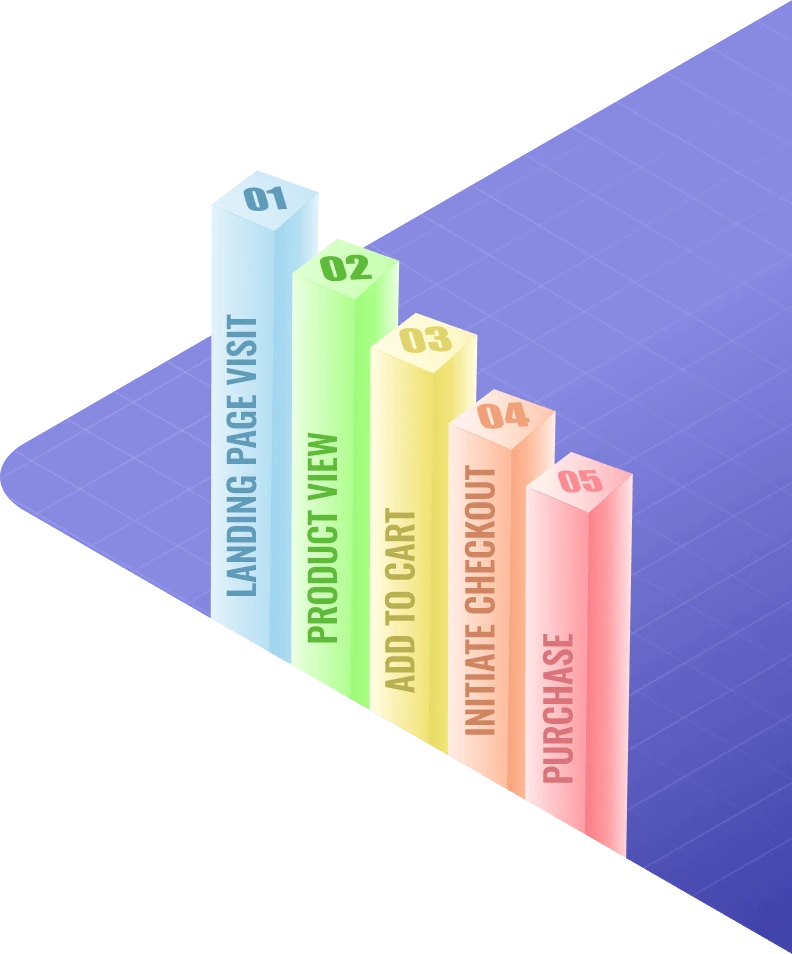Did you know that both Google and Facebook still control the largest share of U.S. digital paid ads spend with 37.3% and 19.6%, respectively?
More and more businesses are running away from old hat marketing tactics and taking advantage of the impressive ROI’s of both these platforms to grow their revenue to new levels.
In fact, you are most likely already considering which one of these platforms you should advertise with.
So how do you know which one is better for your business?
You first need to understand the difference between the two platforms and how they can help grow your business.
And if you keep reading, you’ll learn what they are.
1. Audience Size
Both Facebook and Google offer you the chance to tap into their huge audiences. Currently, Facebook has around 1.7 billion active daily users.
In fact, over 3 billion people use Instagram, WhatsApp, and Messenger daily.
Google gets around 6 billion searches per day and is the largest search engine on the planet.
According to statistics, people are four times more likely to interact with a paid Google ad than any other search engine advertisement.
The differences between the audiences lie within the intent of the audiences.
Google’s audience is actively searching for solutions on the internet, whereas Facebook’s audience is more social.
This can affect your business in various ways, and we will talk about that more in a moment.
2. ROI and Cost
Your return on investment from Google and Facebook ads depends on three things:
The cost of the ads
Your funnels conversion rate
Your client lifetime value
To get a good ROI, you need to have all three things on point.
If you can spend $1 on ads and have your funnel turn it into $2 or $3, then you are on to a winner.
But which platform can provide you with the most low-cost leads?
Well, Google Ads are more expensive. On average, Google CPC is around $2.69, while businesses can often generate clicks on Facebook for as low as $0.45.
As with most advertising, the price you’ll pay per click will largely depend on what industry you are in.
Larger industry keywords like “weight loss,” for example, demand a higher CPC than long-tail, smaller industry keywords.
But there are other metrics that you can measure. CPA (cost per action) is a metric that measures how many people are taking the actions you want.
On Facebook, you can choose different CPA options like landing page views, leads, purchases, initiate checkout, and more.
With CPA, you may end up paying more initially, but you’ll end up generating more of your desired customers, which will make it worth it in the long run.
3. Customer Intent
When advertising, you need to consider customer intent. Are people searching for your services on the web?
With customer intent, Facebook and Google are very different.
On Google, people are actively searching for solutions to their problems. Normally with a sense of urgency to fix the problem fast.
They want a solution now, and if you position yourself correctly using Google Ads, you can quickly turn that person into a customer.
Whereas Facebook customer intent is a lot lower.
On Facebook, people are there to socialize, gossip, and consume news. Their attention spans are a lot shorter, and therefore a lot more work is needed to grab their attention.
Facebook user doesn’t want to be sold while they are looking at their friends’ holiday photos. But that doesn’t mean Facebook ads don’t work because they do!
However, there is a much different process to converting Facebook ads, and when done right, the results are incredible.
4. Audience Targeting
With audience targeting, Google and Facebook do things differently. Google focuses on ‘Keyword Targeting,’ whilst Facebook focuses on ‘Interest-based’ targeting.
Facebook’s interest-based targeting provides more specific capabilities.
Even if your targeting is as specific as new parents in Ohio, like Tony Robbins, and eat a Paleo diet, you can target that with Facebook.
So if your company advertises to highly detailed customer profiles, Facebook will be perfect for you.
5. Ad Formats
When considering Google or Facebook, you also need to know how you want to be advertising. Is your product visual like clothing? Or is it intangible like coaching?
Depending on what it is you are offering, you’ll need different a different format.
For example, clothing would be better using images or videos as on Facebook. At the same time, you can sell coaching through text-based ads on Google.
Google limits its ads to text-based, so it’s important to focus on writing the perfect ad to catch your prospect’s eye.
Google does, however, provide some ad extensions to increase conversions for your ads like:
Dynamic site links
Engagement buttons such as “call this business.”
Snippets to display a short description and a link
Facebook’s ads are more visual, and you get more options with the ads you can run.
You can run:
Image and text-based ads
Videos ads
Carousel ads
Instant Experience ads
Collection ads
Retargeting ads
Visual mobile ads
These social media ads formats are great for driving more attention to your business, especially if you are an e-commerce business.
Visuals can be essential for driving sales and should never be overlooked. In fact, content that uses images gets around 94% more views than text-based content.
Start Winning With Paid Ads
We hope this article has shed a little more light on both Google and Facebook paid ads and helped you understand which one would be better for your business.
You have to keep in mind an awful lot to get the best results from either platform and no matter what platform you choose.
This is why a digital advertising company can be beneficial for many businesses like yours. They can hold your hand through the entire process and make the whole process simpler.
Contact us today and learn more about your advertising options.


